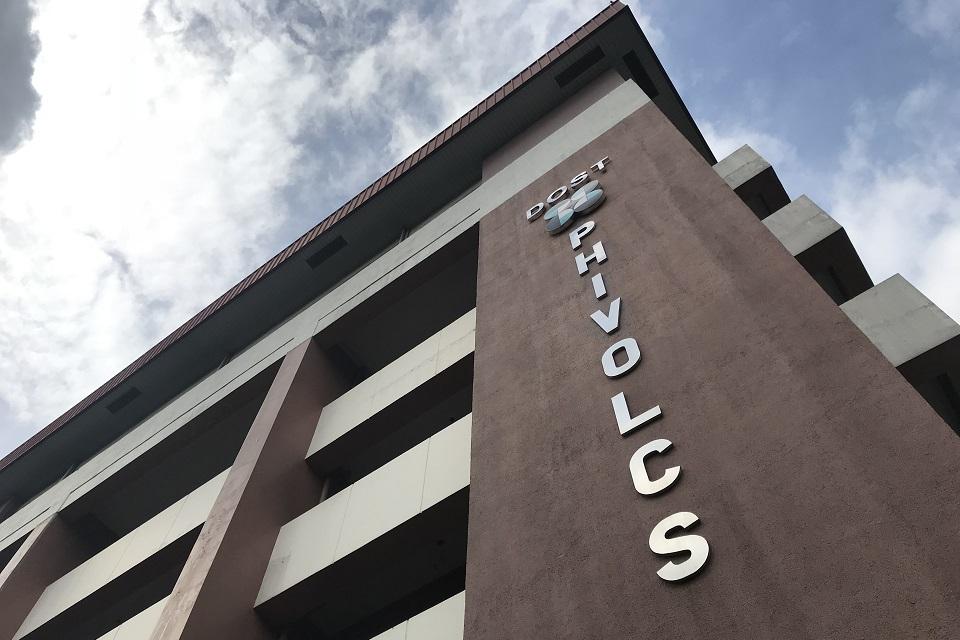Better anti-poverty policies seen as NAPC launches new database
The National Anti-Poverty Commission (NAPC) has unveiled a new database that will consolidate all poverty-related datasets by various government agencies into a single, interactive platform.
National Anti-Poverty Commission will launch TALAMBAYAN, a database that will consolidate poverty-related data into an easy-to-read platform pic.twitter.com/4PHIBpDjx6
— Rie Takumi (@rie_takumi) November 10, 2016
Developed in cooperation with the World Bank-Institutional Development Fund (WB-IDF), the Tala ng Bayan Laban sa Kahirapan (TALAMBAYAN) is designed to present poverty data from all regions of the Philippines in an easy-to-read format.
Data will be interpreted through graphs and charts and segregated to categories such as the number of indigents in one area, the structure of their home, and the materials used in their construction.
World Bank Open Data Proj. Consultant James Matthew Miraflor demos TALAMBAYAN & how it can help policymakers by providing area-specific data pic.twitter.com/NHbQpxq055
— Rie Takumi (@rie_takumi) November 10, 2016
Through this system, NAPC believes policymakers and local community groups will have the raw data needed to make laws or programs that are responsive to the needs and on-the-ground situation of their constituents.
"Ginawa namin itong TALAMBAYAN para mas maging epektibo yung mga patakaran at programa ng gobyerno kaugnay ng pagtugon doon sa kahirapang nararanasan ng ating mga mamamayan," NAPC Sec. Liza Maza said at a press briefing on Thursday.
"It is also a tool for people's organizations so that they can also monitor the programs and projects of government and so that they can also recommend policies to the government," she added.
An example of a problem TALAMBAYAN may help solve is to identify pockets of poverty in various settings around the country.

Need a wellness break? Sign up for The Boost!
Stay up-to-date with the latest health and wellness reads.
Please enter a valid email address
Your email is safe with us
World Bank Open Data Project Consultant James Miraflor said, "Kung sa mukha, iba-iba po. Per region, sa Zamboanga, fisherfolks, farmers ang mahirap; sa areas, mga urban poor; sa Cebu, informal settlers ang nakaka-face ng deprivations."
Policymakers may also use the database to identify the most common industries in an area, where professions are most concentrated, and what upgrades are needed to make better use of businesses already in place.
For now, data used by TALAMBAYAN is sourced from 2010 data from the National Household Targeting System of the Department of Social Welfare and Development and other poverty-related datasets collected by the Open Data for Poverty Monitoring Project Team.
Data from 2015 surveys will be uploaded to the system soon, along with relevant data from the Department of Interior and Local Government (DILG), Department of Budget and Management (DBM), and the Philippine Health Insurance Corporation (PhilHealth).
This will be verified and substantiated by data gathered by people's organizations on the ground.
"We are also developing the Rapid Community-based Monitoring System, na nasa LGU (local government unit) ngayon, at saka yung community-lead monitoring system na kung saan, actively magpa-participate ang mamamayan sa pagbibigay ng data," Maza said.
Access to TALAMBAYAN also remains exclusive to NAPC. At least P4 million will be required to open the database to the public as their budget for its initial deployment limited its accessibility.
Maza says they will bring up open/public access in next cabinet meeting;
— Rie Takumi (@rie_takumi) November 10, 2016
Miraflor says NAPC has sole access to TALAMBAYAN as of now pic.twitter.com/LPOxwTPO0e
Maza is confident that President Rodrigo Duterte will be responsive to their request to create open access to the database in their next cabinet meeting.
"The president has always emphasized yung people's participation. Kaya, ito na yung isang tool ng mamamayan to participate in policy-making, to input data also into the statistics of our government, kaya importante ito," she said.
"I'm sure susuportahan ito ni presidente tungo doon sa pagiging accesible niya sa mamamayan, sa public," Maza added. —KBK, GMA News

Need a wellness break? Sign up for The Boost!
Stay up-to-date with the latest health and wellness reads.
Please enter a valid email address
Your email is safe with us









